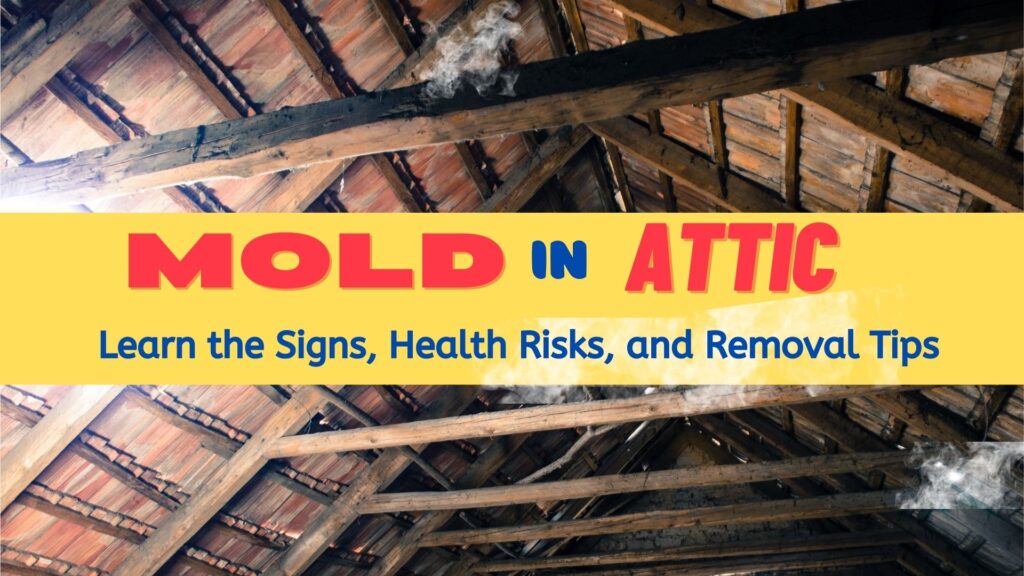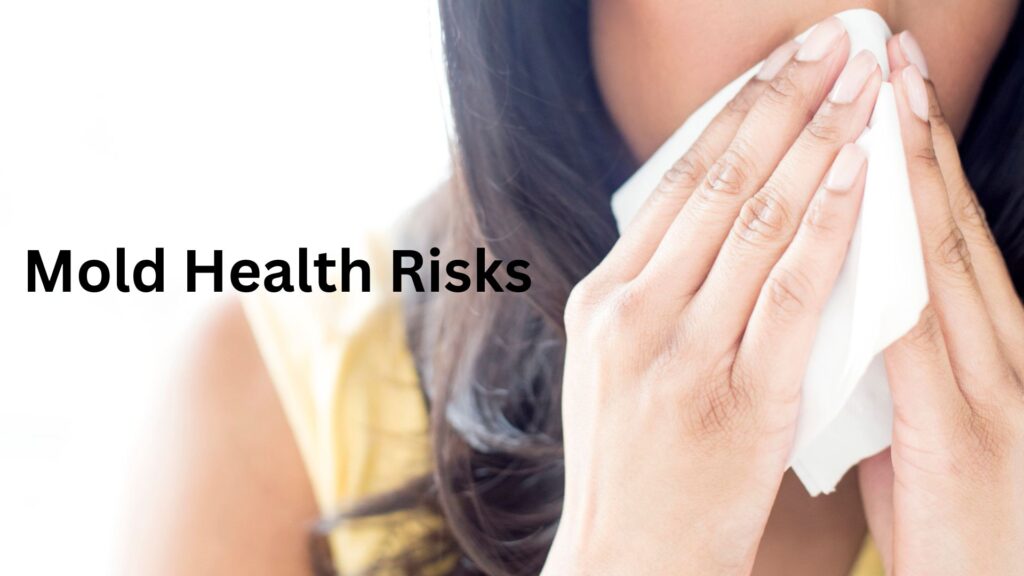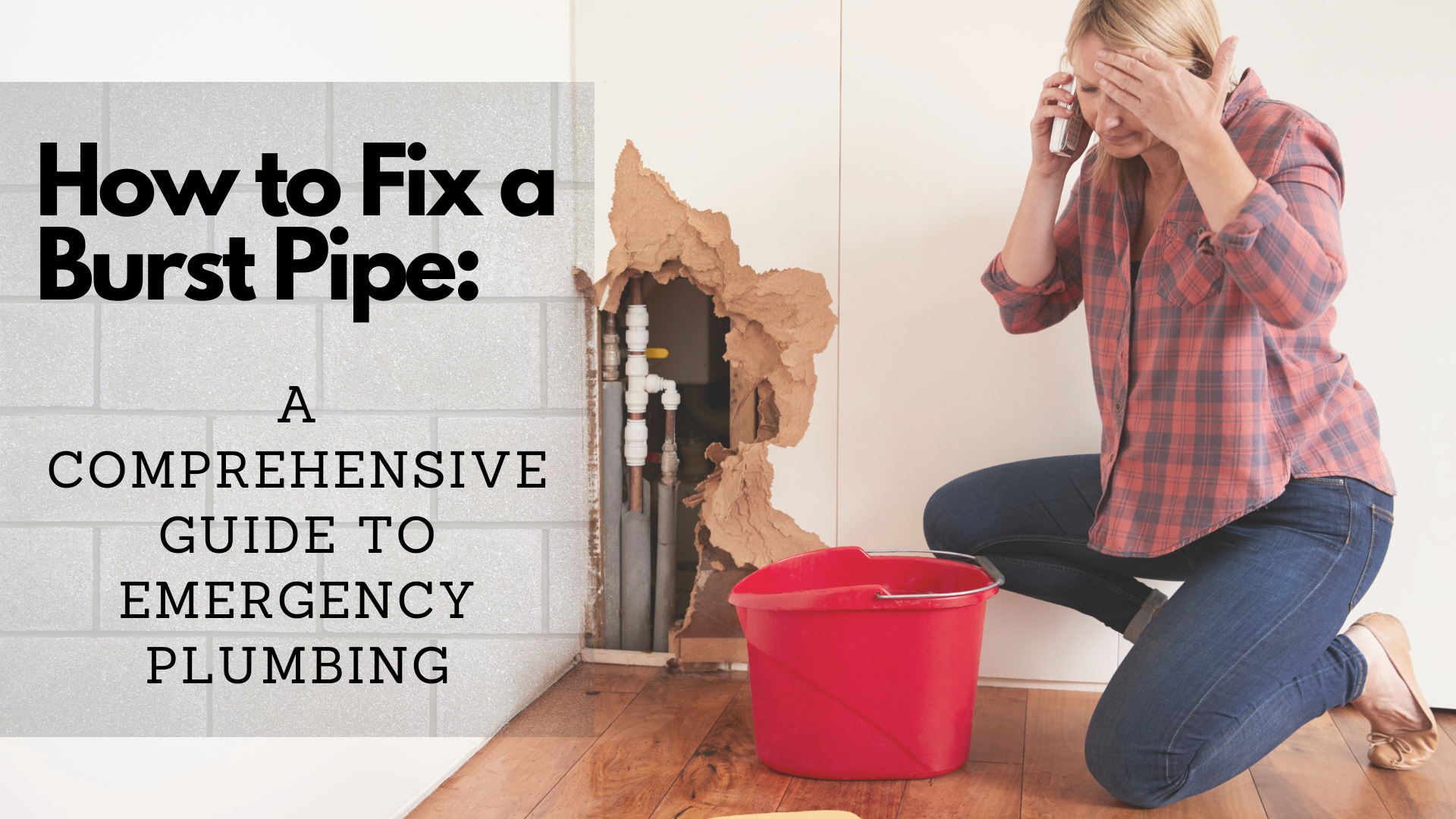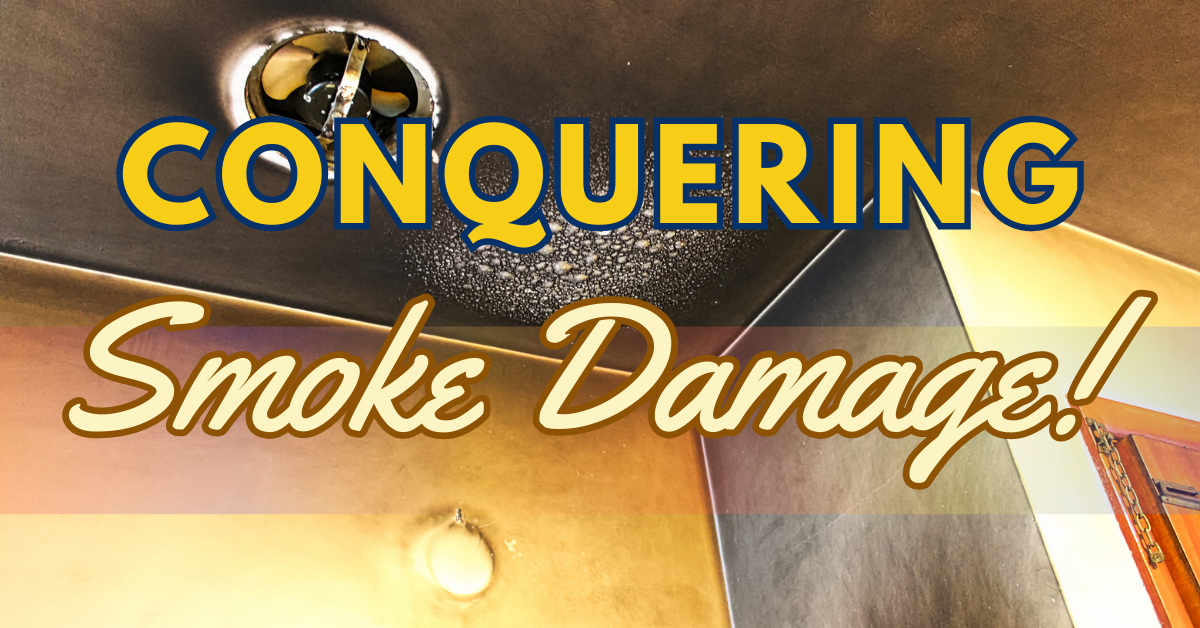Lots of homeowners face the problem of mold in attic. It can hurt your health and harm your home’s structure. The attic’s warm and damp conditions are ideal for mold to grow, especially with moisture. If you ignore it, mold can quickly spread and become risky for your family.
In this article, we’ll talk about why mold grows in attics and the health risks it poses. We’ll also give you practical tips to remove and prevent mold. Whether you own or rent your home, this guide will help you keep your attic safe and mold-free.
4 Common Causes: Mold in Attic
Attic mold can develop in your home due to a few factors. The main causes are:
- Lots of moisture: When there’s too much moisture, it can cause condensation. This creates a damp environment that’s perfect for mold to grow. Attics are especially prone to this issue because they often have poor ventilation and can trap moisture from other parts of the house.
- Leaks in Roof: If your roof has leaks, water can get into your attic and make it damp. This moisture encourages mold to grow. Even small leaks can cause big problems over time, so it’s crucial to fix them promptly.
- Poor ventilation: When your property has poor ventilation, it can result in excess moisture buildup. This, in turn, creates a favorable environment for mold to thrive. Having proper ventilation is crucial as it helps maintain appropriate temperature and humidity levels in your attic, effectively preventing mold growth.
- Insulation problems: To avoid mold issues, it’s important to ensure the proper installation of attic insulation. Improper insulation can trap moisture, providing an ideal breeding ground for mold. Additionally, insulation that is either too thick or too thin can hinder proper airflow and ventilation, further contributing to mold growth. Therefore, proper insulation thickness and installation are key in preventing mold-related problems.
Detecting the Signs
Detecting mold early in your attic is crucial to preventing its growth and reducing potential health risks. Here are some common signs of mold in attic that you should be aware of:
Visible mold growth: The most obvious sign in your attic is visible mold growth on the surfaces of attic walls, ceilings, or beams. Mold may appear as black, brown, or green spots or patches, and may have a fuzzy or slimy texture.
Musty odor: If you notice a strong, musty odor in your attic, it could be a sign of mold growth. This odor is due to the release of microbial volatile organic compounds (MVOCs) which the mold produces.
Water damage: Water damage, such as water stains on the walls or ceiling, can indicate that moisture is present in the attic.
Discolored insulation: If the insulation in your attic is discolored, it may be a sign of mold growth. Mold can cause the insulation to become discolored, and it may also cause the insulation to become compressed or deteriorated.
Health symptoms: If you or your family members experience health symptoms such as allergies, respiratory problems, or skin irritation, it could be a sign that mold is present in the attic.
If you notice any of these signs of mold in attic, it’s important to take action immediately. This will prevent its growth and reduce potential health risks. Contact a professional mold remediation company to determine the best course of action for removing mold from your attic.
Mold Health Risks: Never Ignore Mold in Attic!
It’s important to note that mold spores are present in the air around us all the time, both indoors and outdoors. However, when they settle and multiply in an indoor environment, they can pose significant health risks and cause damage to your home.
Attic mold issues can pose significant health risks, particularly for individuals with respiratory problems or weakened immune systems.
Some health risks include:
- allergic reactions
- respiratory problems
- skin irritation
- headaches
- Fatigue
- neurological problems.
Mold in Attic: Get Rid and Prevent
Attic mold removal can be a challenging task, but with the right approach, it is possible to remove mold and prevent its recurrence.
The first step is to identify the source of excessive moisture that is causing mold growth. This could be due to a leaky roof, inadequate ventilation, or other issues. Building materials such as attic sheathing and roof sheathing can absorb and retain moisture, creating an environment that is conducive to mold growth.
After fixing the source of moisture, it’s time to get rid of the mold. This can be done using different methods like dry ice blasting or chemical treatments, depending on how bad the mold is. Additionally, to stop the mold from coming back, make sure there’s good airflow in the attic.
By taking these steps, remove mold from your attic and create a healthy and safe living environment for everyone.
Contact Superior Restoration for Attic Mold Removal
Hiring a credible mold remediation company is necessary for removing mold in attic as it ensures safe and effective removal, compliance with regulations, and prevention of future mold growth.
Call Water Damage Riverside, a reputable and experienced mold remediation company that will serve your home 24/7!






